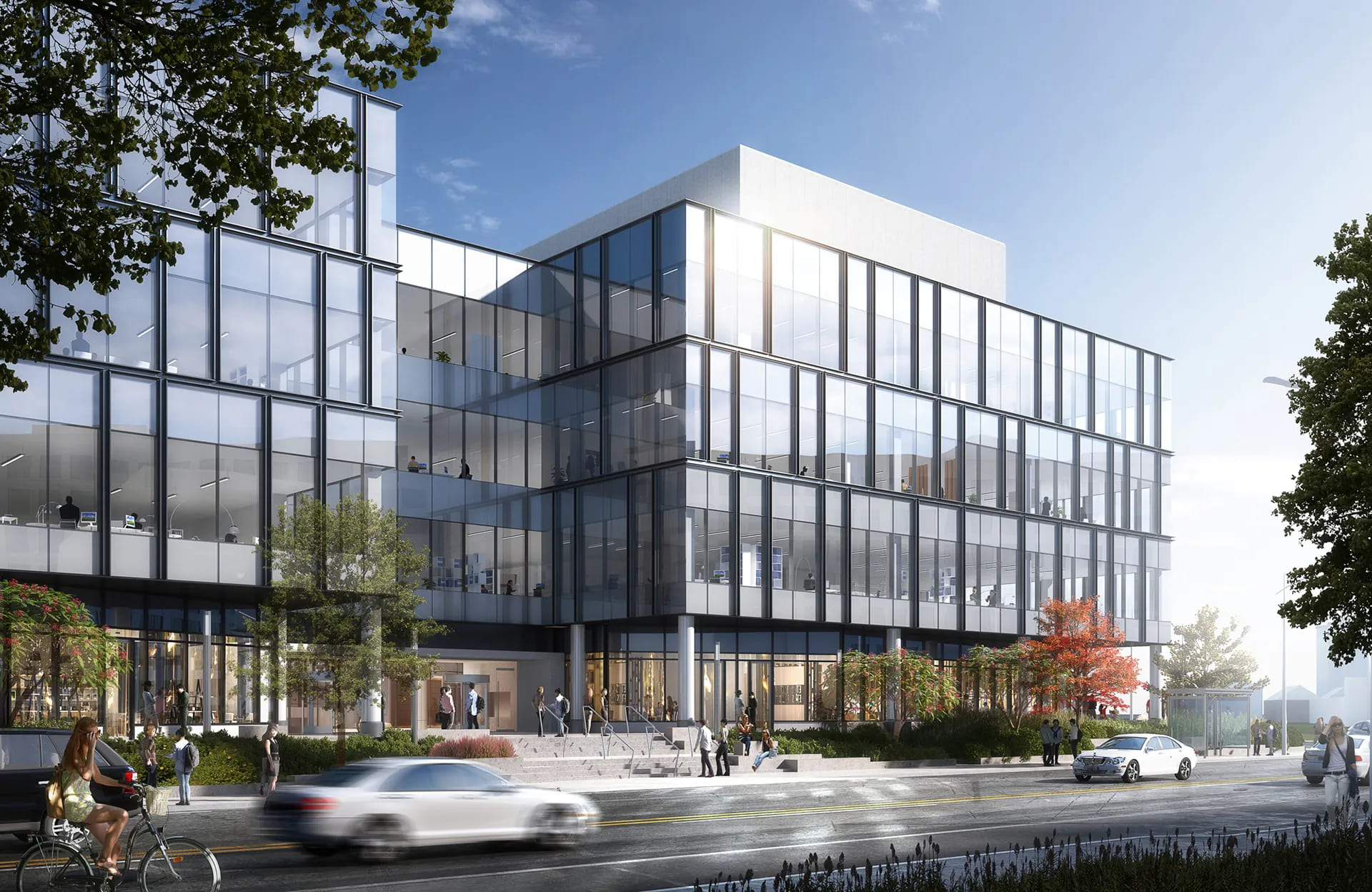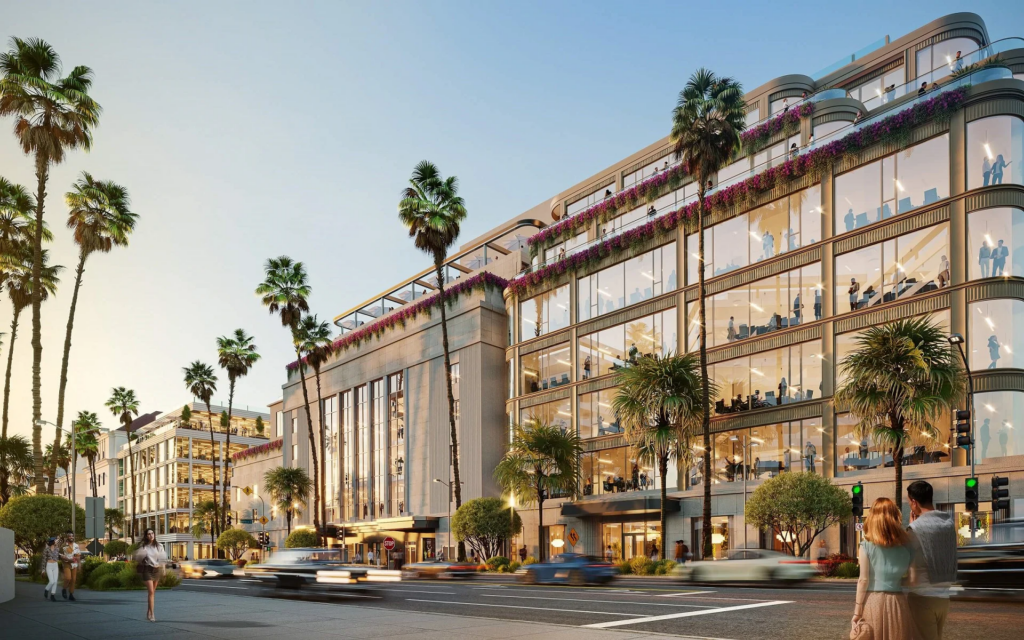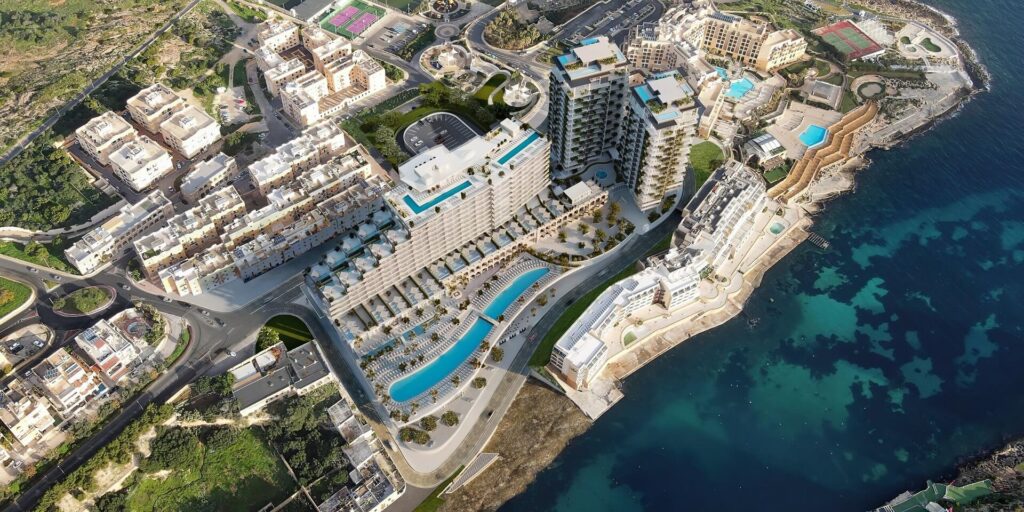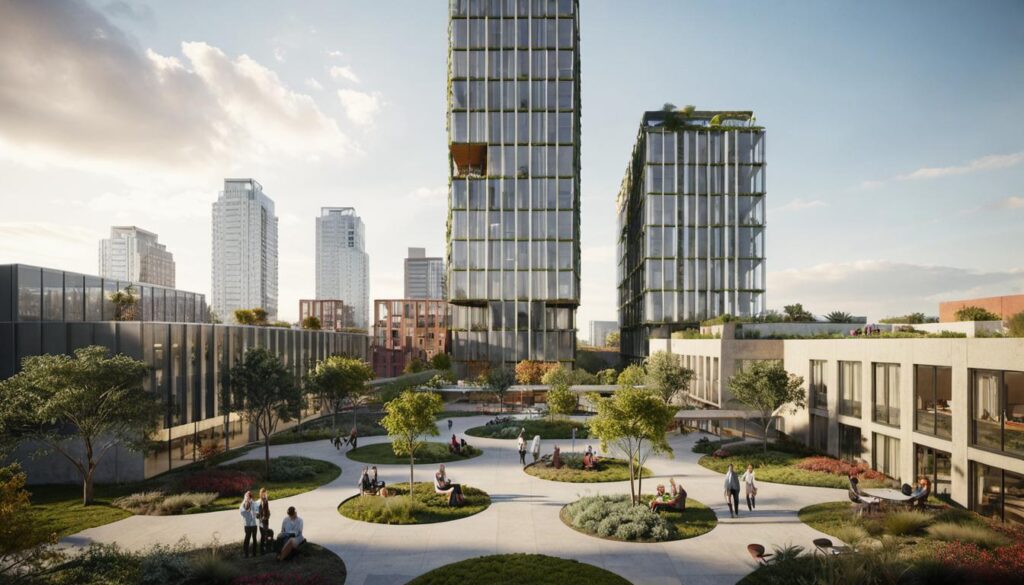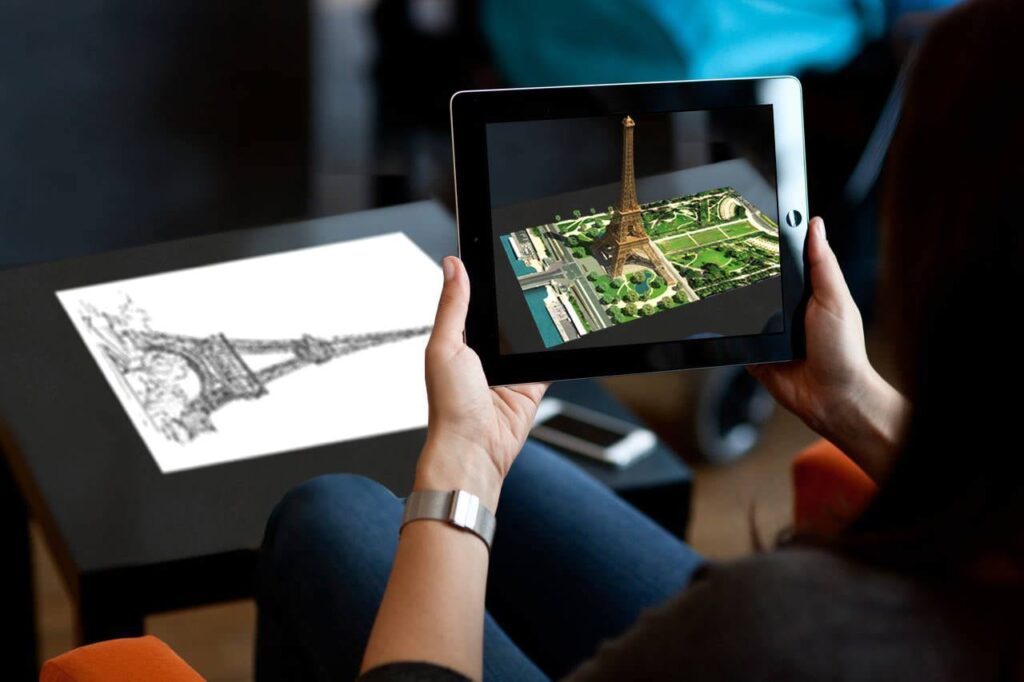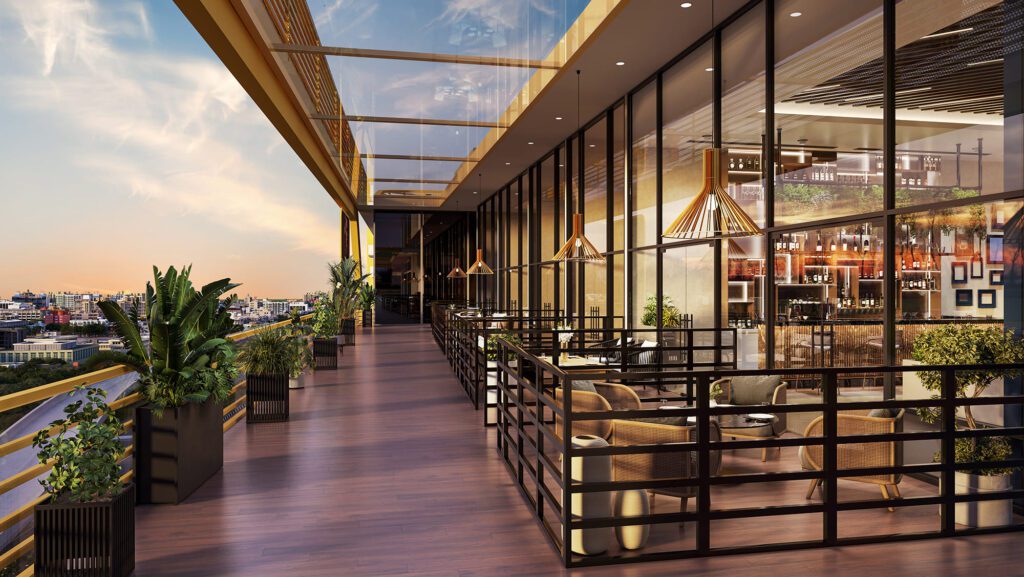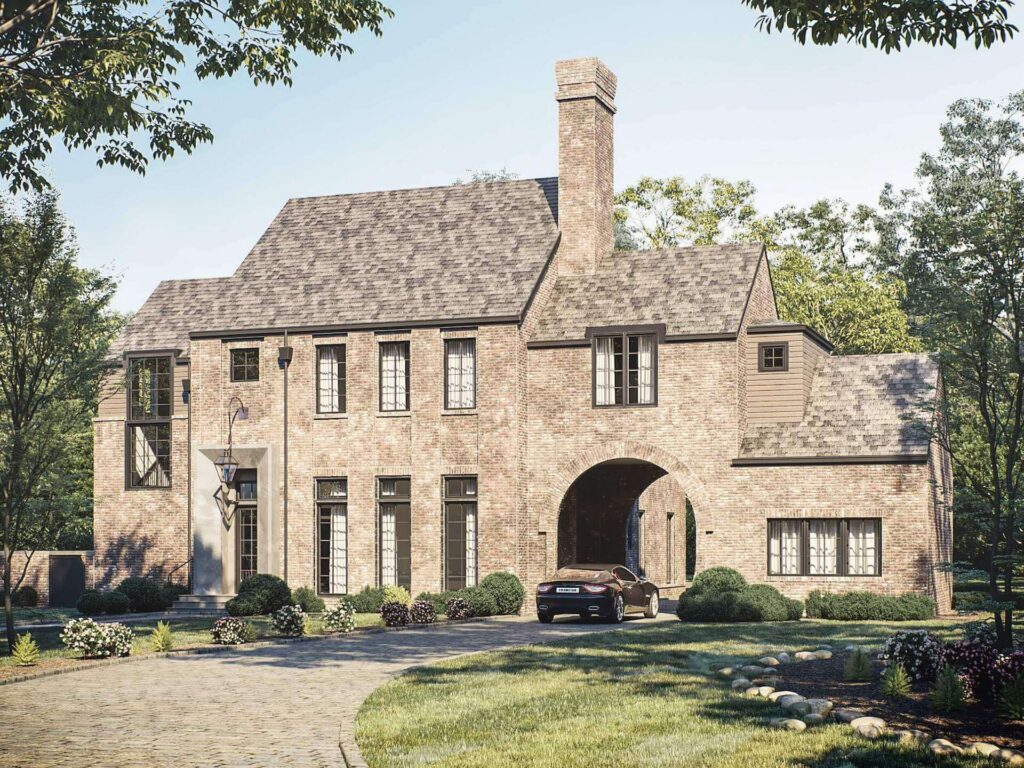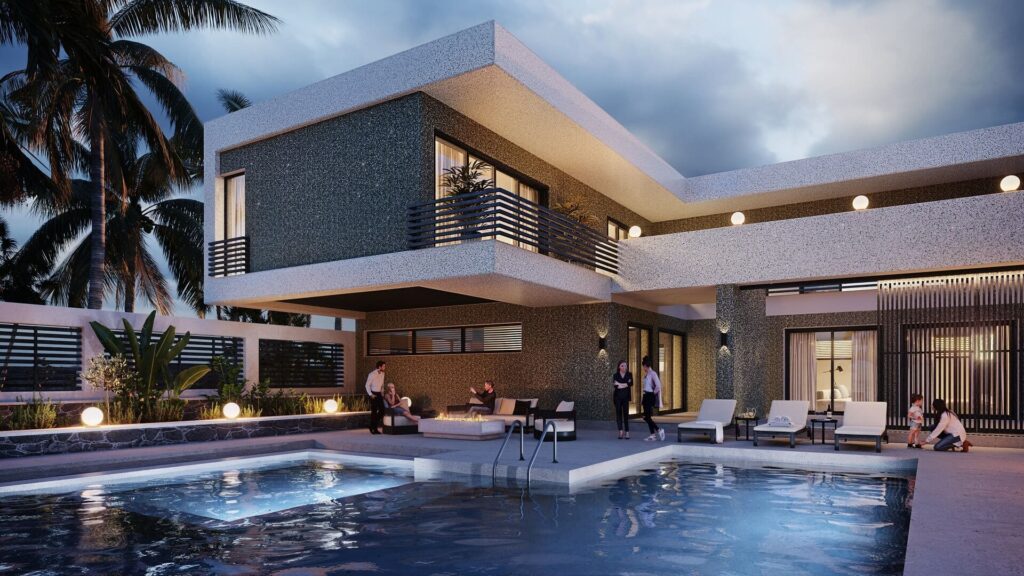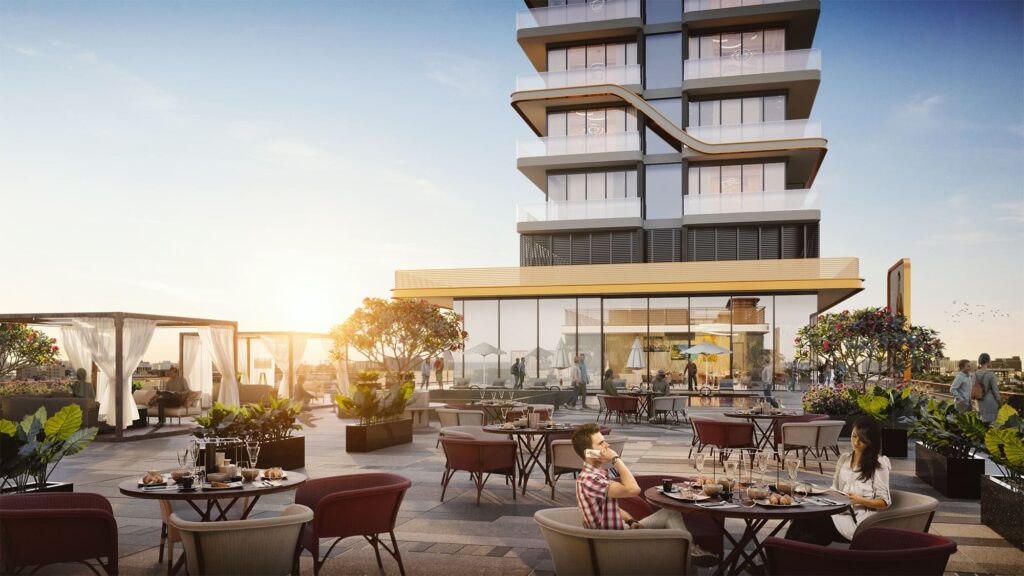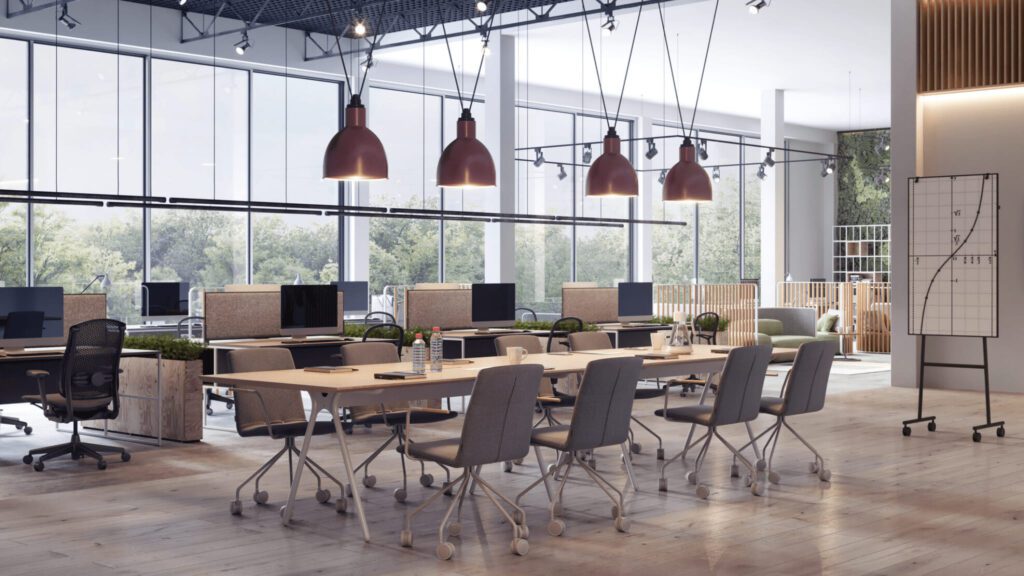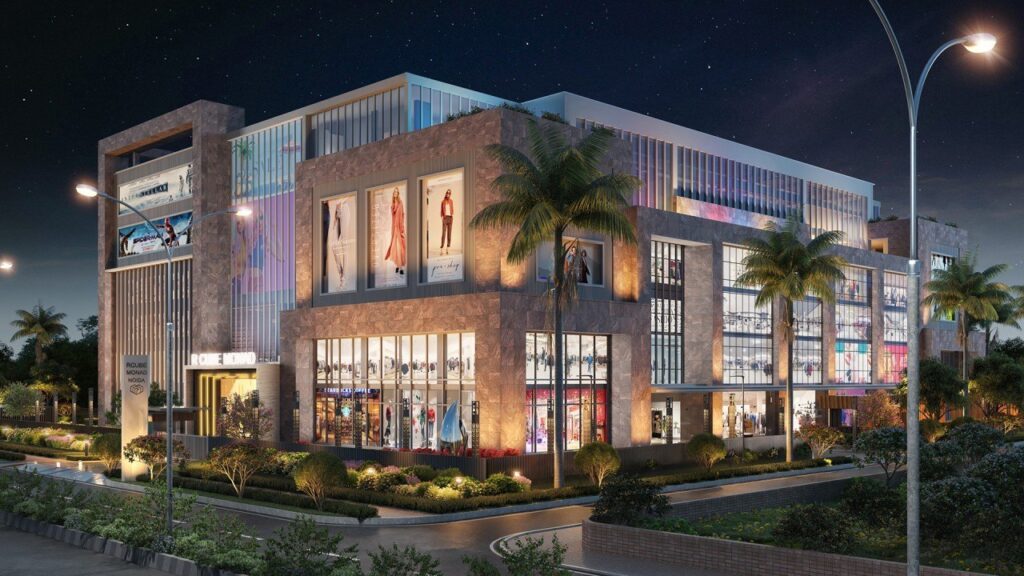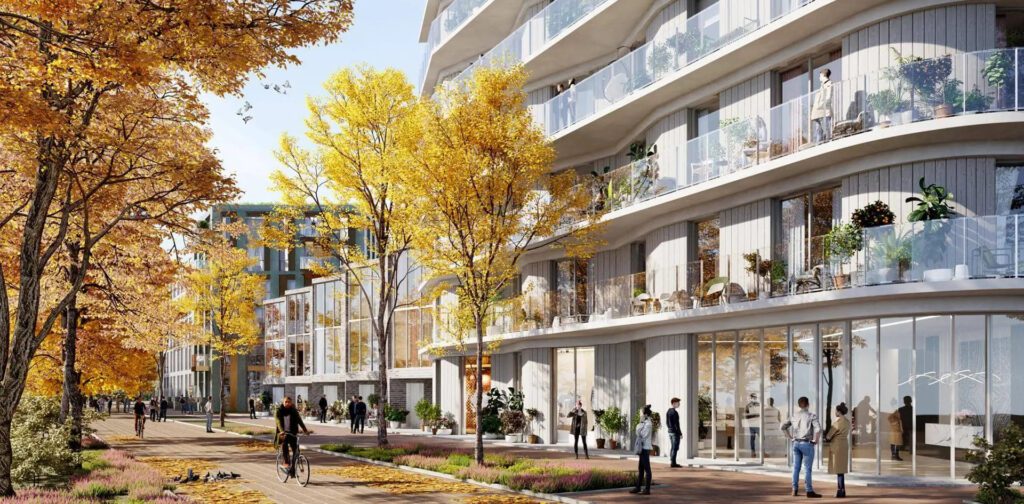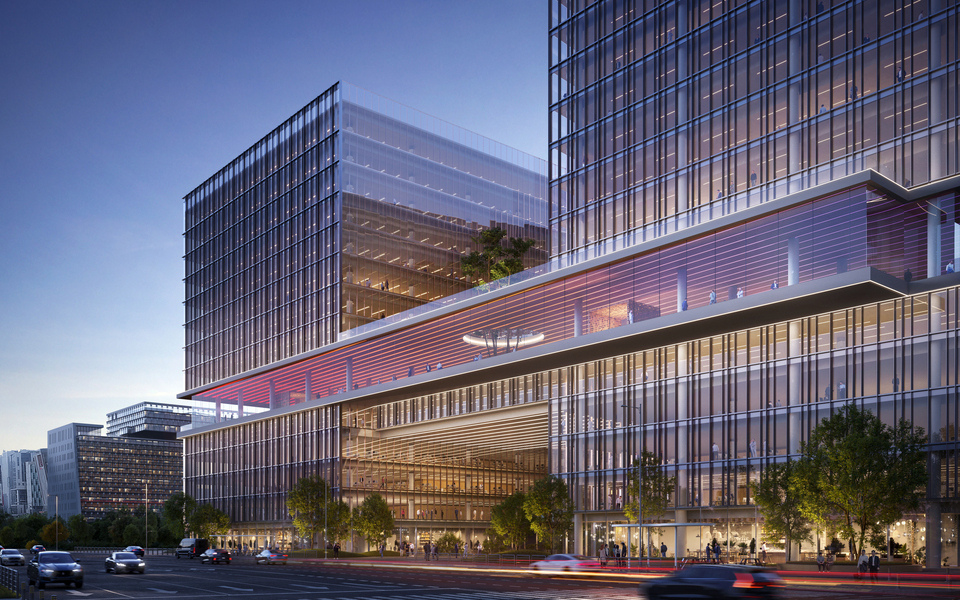As the commercial real estate market continues to evolve, the demand for impactful and visually compelling 3D architectural renderings has never increased. These photorealistic visualizations are crucial in bringing proposed commercial projects to life, captivating potential investors, clients, and end-users alike.
If you’re looking to elevate your commercial 3D rendering capabilities, here are the top 6 techniques you should master:
1. Cinematic Lighting and Shadows
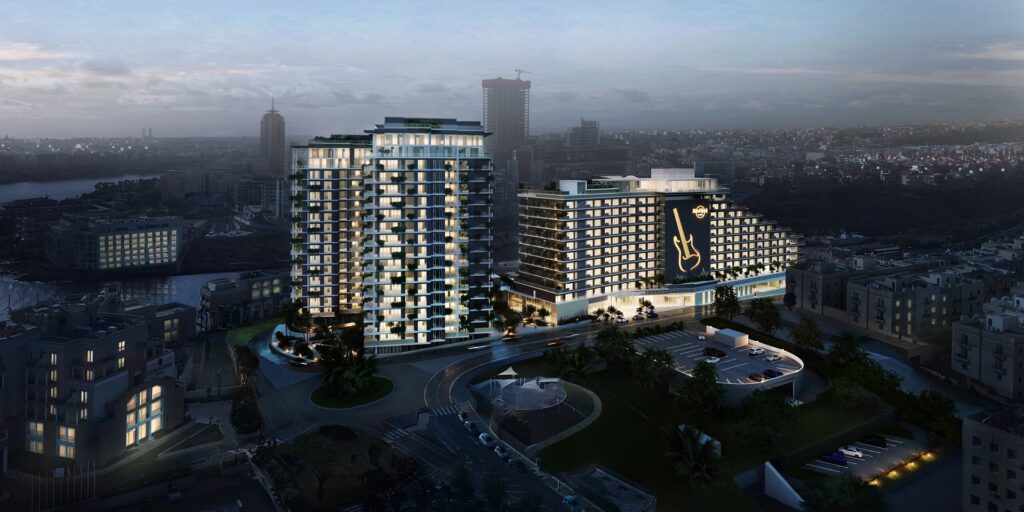

One of the hallmarks of a truly immersive 3D rendering is the strategic use of lighting and shadows. By employing cinematic lighting techniques, you can create a sense of depth, drama, and atmosphere that draws the viewer in. Pay close attention to the placement and intensity of both natural and artificial light sources and the interplay of light and shadow across the scene.
2. Photorealistic Material Textures
The materials and textures used in your 3D renderings can make or break the level of realism. Invest time in meticulously recreating the look and feel of high-quality building materials, from sleek glass and polished stone to rugged concrete and weathered wood. Utilize advanced rendering software to capture the nuances of reflections, refraction, and surface imperfections.
3. Captivating Camera Angles
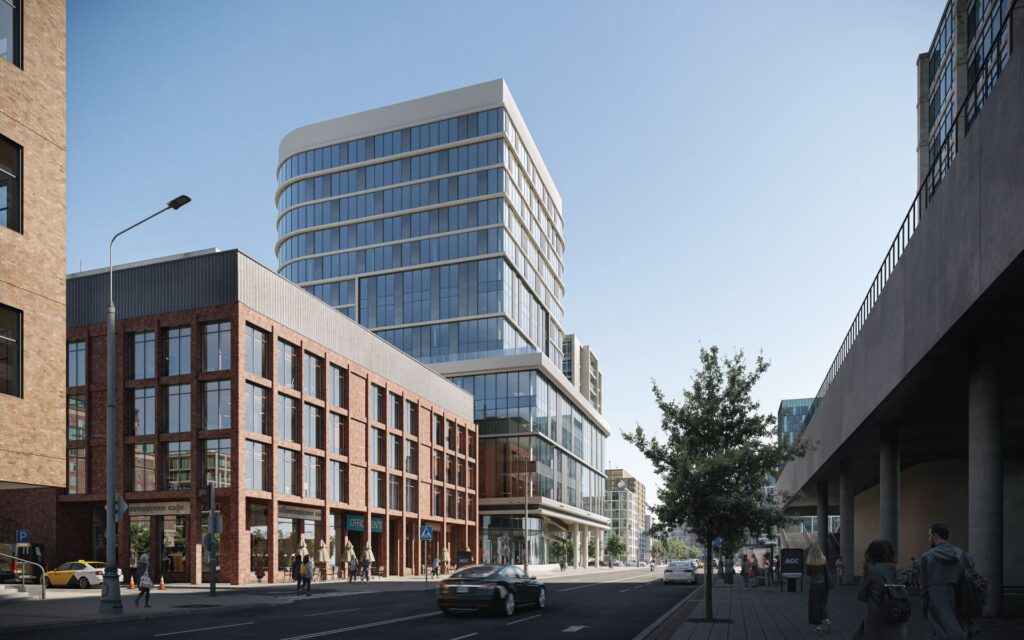

The camera angle you choose can significantly impact the emotional response and overall impression of your architectural 3D rendering. Experiment with a variety of perspectives, from sweeping aerial shots that showcase the grandeur of the building to intimate, eye-level views that immerse the viewer in the space. Consider using dynamic camera movements, such as panning or tilting, to guide the viewer’s gaze and highlight key architectural features.
4. Integrated Landscaping and Surroundings
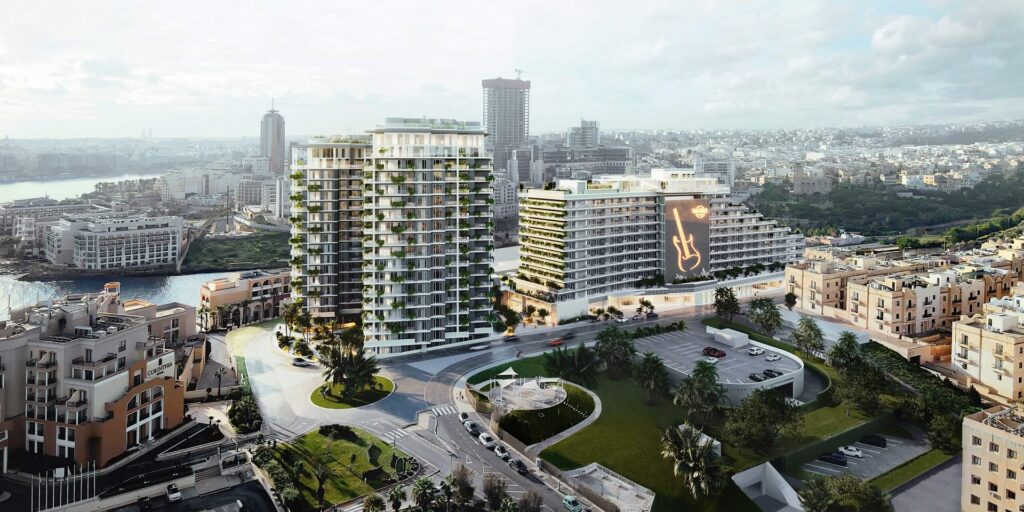

The environment surrounding a commercial building is just as important as the structure itself. Incorporate detailed 3D models of trees, plants, street furniture, and other landscape elements to create a cohesive and visually compelling scene. Pay attention to the scale, placement, and interaction of these elements with the architecture to achieve a seamless and naturalistic look.
5. Lifelike Human Figures and Activities
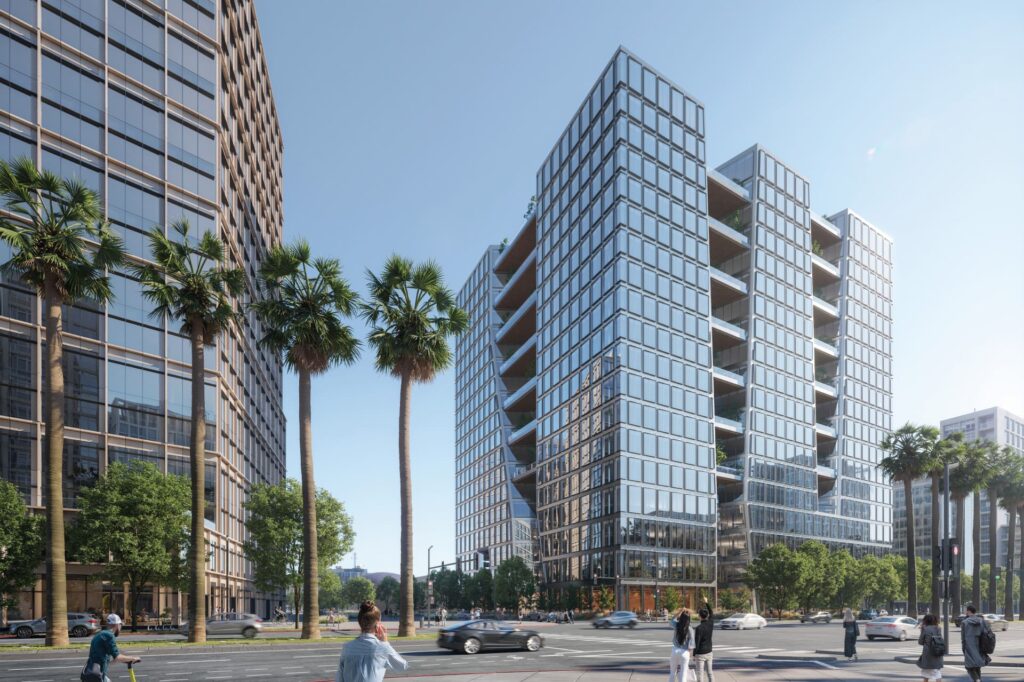

Adding human figures and activities to your 3D renderings can significantly enhance the sense of scale, depth, and overall realism. Carefully position and animate people engaged in realistic tasks, such as walking, sitting, or interacting with the space. This not only helps to convey the intended use of the commercial space but also creates a sense of vibrancy and life.
6. Atmospheric Effects and Post-Processing
The final touch in creating captivating commercial 3D renderings is the strategic use of atmospheric effects and post-processing techniques. This can include the addition of realistic weather conditions (e.g., clouds, rain, or snow), environmental reflections, and subtle color grading adjustments to achieve the desired mood and aesthetic.
By mastering these six techniques, you can elevate your commercial 3D architectural renderings to a level of visual sophistication that will captivate your clients and leave a lasting impression. Remember, the goal is to transport the viewer into the proposed commercial space, allowing them to experience the project as if it were already a reality.
Avenir Design Studio
As a leading provider of 3D rendering services in Delhi, Avenir Design Studio specializes in transforming conceptual designs into stunning, photorealistic 3D visualizations. Our team of experts combines cutting-edge technology with unparalleled creativity to bring your architectural projects to life, ensuring compelling presentations that captivate clients and stakeholders.
Looking for top-notch 3D rendering services? Look no further than Avenir Design Studio! As experts in architectural 3D rendering, they deliver worthy CG images in record time.

